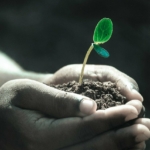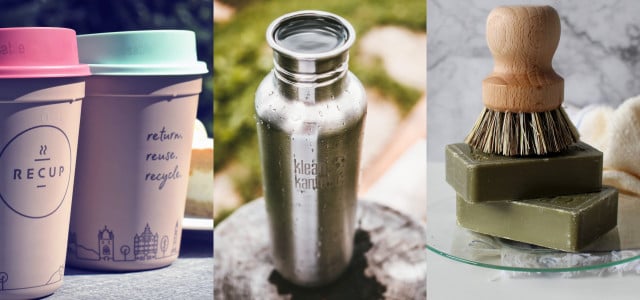Plastic garbage poisons our oceans, landing in the stomachs of fish before making its way onto our plates — this is just one example of the disastrous environmental consequences of plastic.
Even when it seems that plastic is ubiquitous, we can influence its use with our behavior. Every single one of us has the potential to make a difference in how much and how often we use plastic.
Make small but pivotal changes to your own personal plastic consumption habits, and you’ll start to notice how simple and easy life without plastic can be. Laying waste to plastic waste is not just more sustainable, better for your health, and self-rewarding; avoiding plastic is often cheaper.
Step 1: Transporting Goods Plastic-free
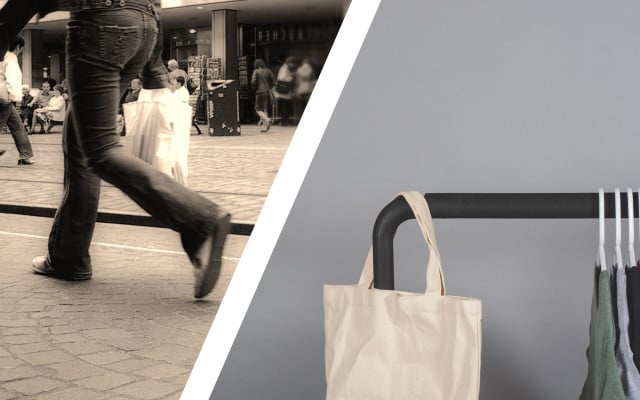
The most common use of plastic for most consumers is plastic bags. Everyone has seen pictures of plastic bags trapped in roadside trees or forming islands of plastic in the ocean. Morocco has already banned the use of plastic bags in supermarkets, and certain chains in Germany have also begun removing these polluters from their store shelves.
Everyone has a collection of totes somewhere at home. Plant one at work, one in your purse or backpack, one in your trunk, and hang one on the key rack. This will ensure that you always have a tote bag handy when you need one and will never have to buy or use a plastic bag at the grocery store again. This saves you money and helps the environment.
Step 2: Plastic-free Grocery Shopping
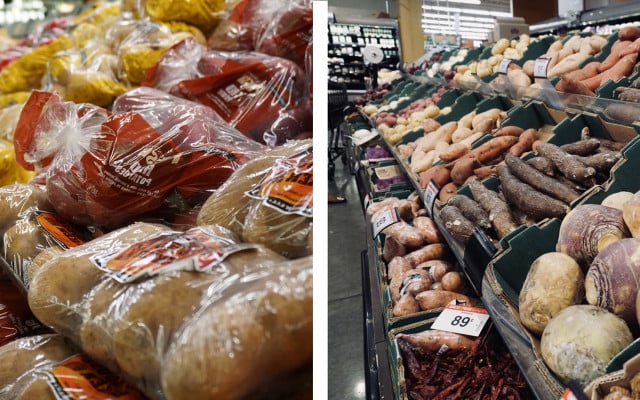


Cucumbers wrapped in plastic? Bananas in a plastic bag? Two kiwis individually wrapped in paper and plastic? We consumers can make a difference here. Consciously choose products that have the least amount of packaging necessary. Rather than buying a four pack of yogurt in serving-sized plastic cups, buy a larger container of yogurt; its reusable or recyclable packaging decreases the amount of plastic waste you’re producing.
There are a tons of ways to cut plastic from your grocery store haul. We’ve gathered some ideas and compelling reasons for 100% plastic-free supermarket stops to get you started in our guide Plastic-Free Shopping: 3 Easy Tips for Waste Reduction.
Step 3: Coffee To-Go
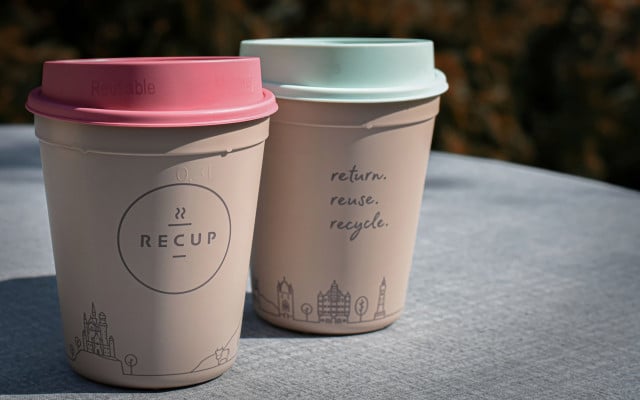


Coffee is a very popular beverage, so it’s no wonder that lots of people grab a coffee to-go for a morning or afternoon pick-me-up. In your own reusable thermal cup, a latte not only stays warmer longer, but also produces absolutely zero waste. If you don’t have your cup with you, you can always order your coffee without the plastic lid. It’s as easy as that.
Whether coffee or tea, keeping your morning plastic-free is one of the simplest steps toward sustainable living. Check out this hip fan-favorite from **Amazon: Klean Kanteen Double Wall Vacuum Insulated Stainless Steel Tumbler Cup with Tumbler Lid Want to fill up at home instead of at the coffee shop on the way to work? Try our tried and tested sustainable cold brew coffee.
Step 4: Conquering Thirst
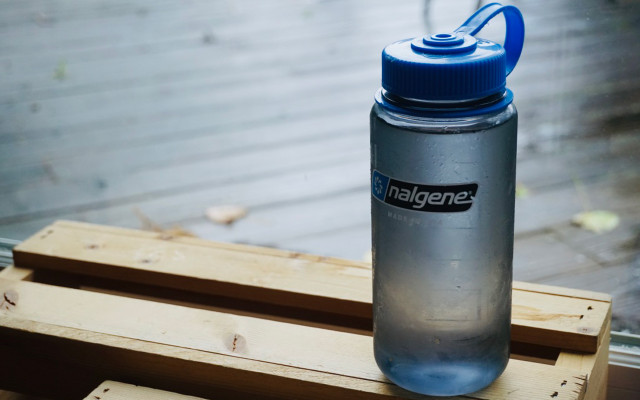


This tip again saves both money and prevents garbage. Virtually everywhere in the US, you can drink fantastic water for free right out of the tap. When you’re out and about, carry a refillable water bottle and you’ll never need to buy water in a plastic bottle again.
Step 5: Your Plastic-Free Kitchen
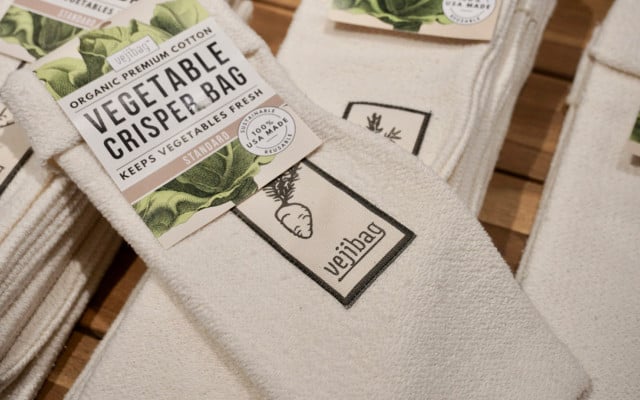


Plastic containers for your leftovers or plastic serving ware – your kitchen is probably full of plastic you don’t even think about. Don’t just throw away all of your plastic goods, however; replace them as needed, piece by piece – for example, by trading your plastic stirring spoons for wooden ones. In contrast to plastic utensils, wooden utensils carry no risk that small plastic particles land or toxins leech into our food.
Step 6: Children’s Toys
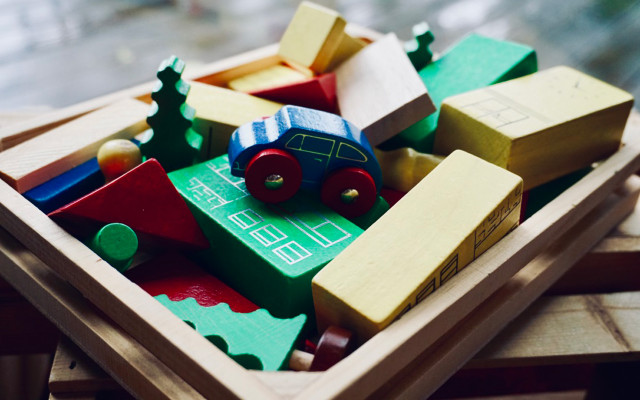


Children use all of their senses to discover the world around them. That’s a nice way of saying that they put everything – including their toys – into their mouths! Cheap plastic toys can unfortunately be contaminated with harmful substances. Always look for labels on toys that they are PVC-free, BPA-free, or phtalate-free.
That said, toys made from wood and textiles are often the best choice. Since children sooner or later outgrow most of their toys, robust and well-made examples are easily resold or given to other families. Why not just buy such quality used children’s toys in the first place?
Step 7: Personal Hygiene
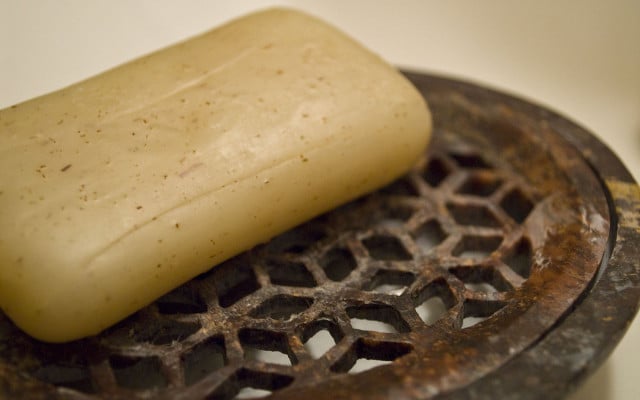


So many tubes, bottles, and dispensers! Don’t worry – just start with your bathroom soap. Replace your plastic dispenser for hand soap with a nice bar of soap. If you don’t want to stop using liquid soap, buy the largest bottle possible and refill your dispenser.
Shampoos and body washes can also be replaced with bar soaps formulated for body or hair. Aleppo or castille soaps, for example, are popular replacements for body washes, and specially formulated hair soaps or shampoo bars can eliminate the need for a shampoo bottle. Check out the selection in your local natural products store, Lush chain shops, or even online.
Welcome to you new reduced plastic life. That wasn’t so hard, now was it?
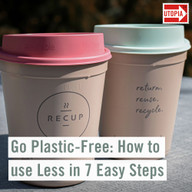


Read more:
- Life without Plastic: Easy Tips for Everyone
- Plastic in the Ocean: What Can I Do About Plastic Pollution?
- Melamine: 4 Reasons to Avoid Plastic Dishes
This article was translated from German. You can view the original here: Plastik vermeiden: 7 einfache Tipps für weniger Plastikmüll
** Links to retailers marked with ** or underlined orange are partially partner links: If you buy here, you actively support Utopia.org, because we will receive a small part of the sales proceeds. More info.Do you like this post?




